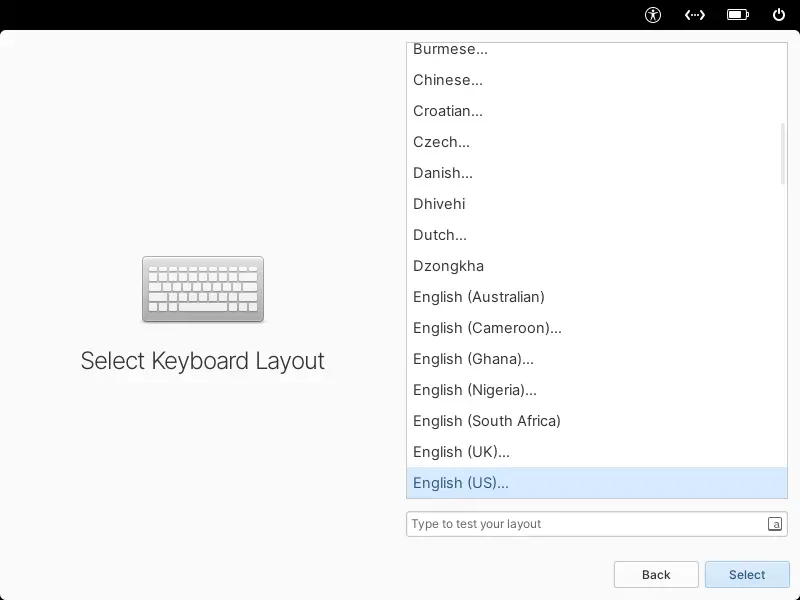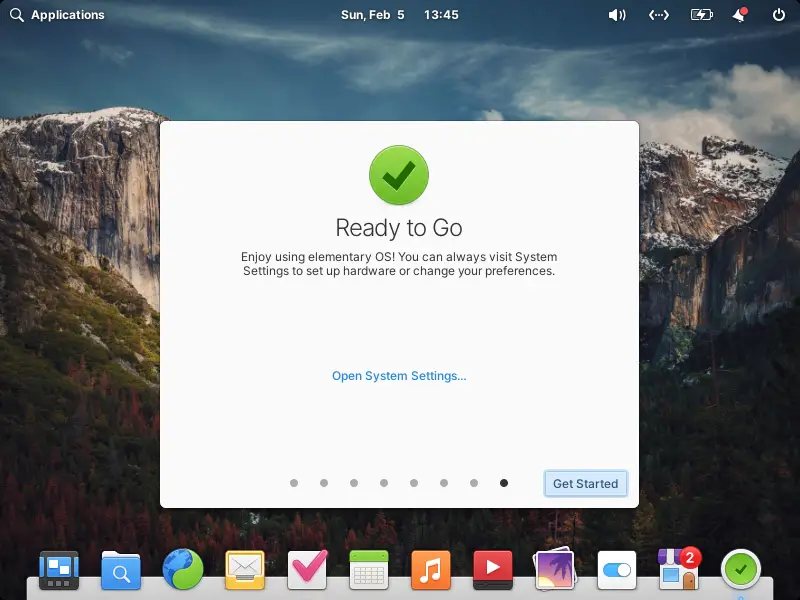Elementary OS 7 Installation Guide with Screenshots
Hello techies, in this post, we will cover how to Install Elementary OS 7 step by step with screenshots on laptop or desktop. It is based on latest and stable Ubuntu 22.04 LTS.
Elementary OS 7 with code name “Horus” released with lot of improvements like :
- Improved AppCenter and install all application that one need.
- Improved sideloading and alt store (Flathub) experience
- Latest GNOME Web 43 support for creating web apps.
- Getting OS and Applicate Updates quickly
- Power Profile Management
- Improvement in App Description
System Requirements for Elementary OS 7
- Dual Core 64-bit processor
- 4 GB RAM or more
- 32 GB hard disk
- Internet Access
- Bootable USB Flash Drive ( 4 GB Storage)
Without any further delay, let’s jump into the installation steps
1) Download Elementary OS 7
Use below official URL to download ISO file,
- Download Elementary OS 7 ISO
Once ISO file is downloaded then burn it into USB flash drive and make it bootable.
On Windows operating use “Rufus” software to make bootable USB drive using ISO file. In Linux, refer the following URL:
- How to Create Bootable USB Drive on Ubuntu / Linux Mint
2) Boot the system with bootable media
Now boot the target system with bootable USB drive. From bios settings change the boot medium from hard disk to USB. When the system boots up with USB drive then we will get the following screen,

3) Select Language for Installation
Choose your preferred language and then click select,

4) Choose Keyboard Layout
In this step, you will be requested to choose keyboard layout and then click on ‘Select’

5) Try or Install elementary OS
We will be presented the beneath screen, where we must our choose installation type. It gives us following options,
- Try Demo Mode – Try Elementary OS 7 without installing
- Erase disk and Install – Installer will erase the whole disk and will create required partitions automatically.
- Custom Install (Advanced) – It will give us the option to create custom partitions.
In this post, I will go with the 2nd option (Erase disk and install).

Click on “Erase Disk and Install”
In the following screen, select the drive on which OS will be installed and then click on “Erase and Install”

If you want to encrypt the device’s drive, then click on “Choose Password” else click on “Don’t Encrypt”.

6) Installation Progress
As we can see below, installation got started and is in progress.

Once the installation is completed, installer will prompt to reboot the system.

Click on “Restart Device” and don’t forget to change boot medium from bios settings so that it boots up with the disk.
7) Create Local User and Set Hostname
When the system boots up after the installation, you will be prompted to enter local user details and hostname of your system.
Specify the details as per your requirement,

Click on “Finish Setup”.
In the following screen, you will be prompted to enter your local user credentials that you have created above,

After entering the credentials, hit enter
8) Elementary OS 7 Welcome Screen
We will get the beneath welcome screen,

Choose “Skip All”

Click “Get Started” and then we will get following desktop screen,

Great, it confirms that you have successfully installed Elementary OS 7 on your system. That’s all from this guide, explore this exciting Linux distribution and have fun 😊.
The post Elementary OS 7 Installation Guide with Screenshots first appeared on .
